Goals and constraints
When we started in May 2024, the site was at a historic traffic low and had zero presence in Google Discover. The business risk was immediate: the site monetized via sponsored content, and shrinking visibility undermined commercial value. We set measurable goals and worked within clear time, budget, and technical limits to reverse the decline.
Key targets and constraints that defined the program:
- Targets
- Grow non-branded organic search traffic by at least +200% within the first year.
- Activate and scale Google Discover to meaningful volumes from a baseline of zero.
- Improve CTR and average positions for core queries to signal regained authority.
- Constraints
- Time - 10-month engagement.
- Budget - irregular funding produced pauses that broke execution cadence.
- Technical - a legacy CMS blocked critical SEO changes, schema, and richer on-page modules.
- Governance - delayed approvals slowed key milestones and change management.
- Indexation - XML sitemaps were found removed on 17 Oct 2024, degrading crawl prioritization and visibility.
Introduction
In 10 months we rebuilt a failing organic engine into a durable acquisition channel. We removed technical debt, redesigned content architecture, and turned Google Discover into a dominant source of readers. From a nadir of roughly 2,200 monthly visits and no Discover footprint, we delivered:
- Google Discover - from zero to 5.6 million clicks in the first year.
- Non-branded search - +546% clicks in the first six months, peaking at 16,800 in October 2024.
- Year-over-year non-branded growth - +209%.
- CTR improvement - +63.64% through on-page optimization.
This case details the problems we found, the hypotheses we tested, how we executed despite CMS and resourcing limits, and the outcomes that followed.
Client context
The site is a media portal focused on online radio content. Prior to our engagement, it had been in a prolonged decline. Beyond “low traffic,” the core issue was loss of commercial value driven by technical debt and the absence of a growth strategy. Advertiser interest had faded - a direct threat to a model reliant on sponsored content. Our first task was to define a recovery plan grounded in technical repair, user intent alignment, and net-new traffic channels.

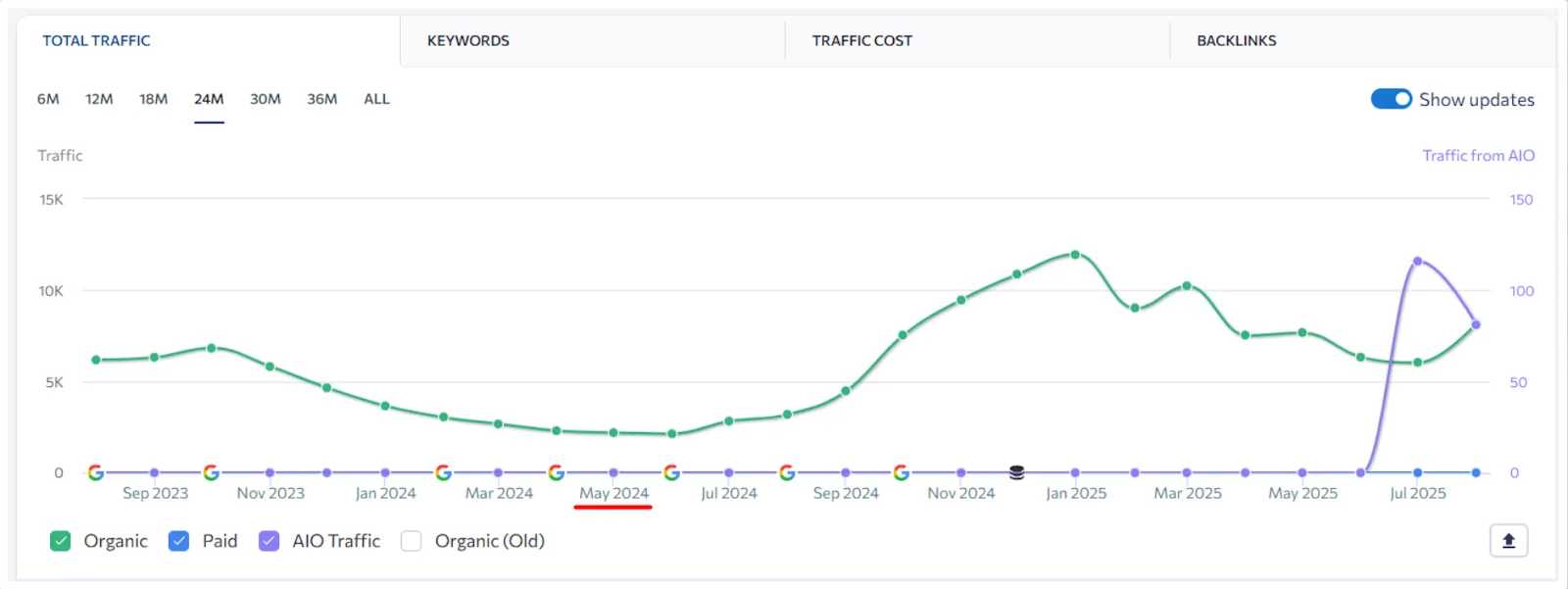
At the same time, Google Search Console provided the most reliable picture of non-branded search performance right before our start:
- Clicks: 3,490
- Impressions: 304,000
- Avg. CTR: 1.1%
- Avg. position: 11.9
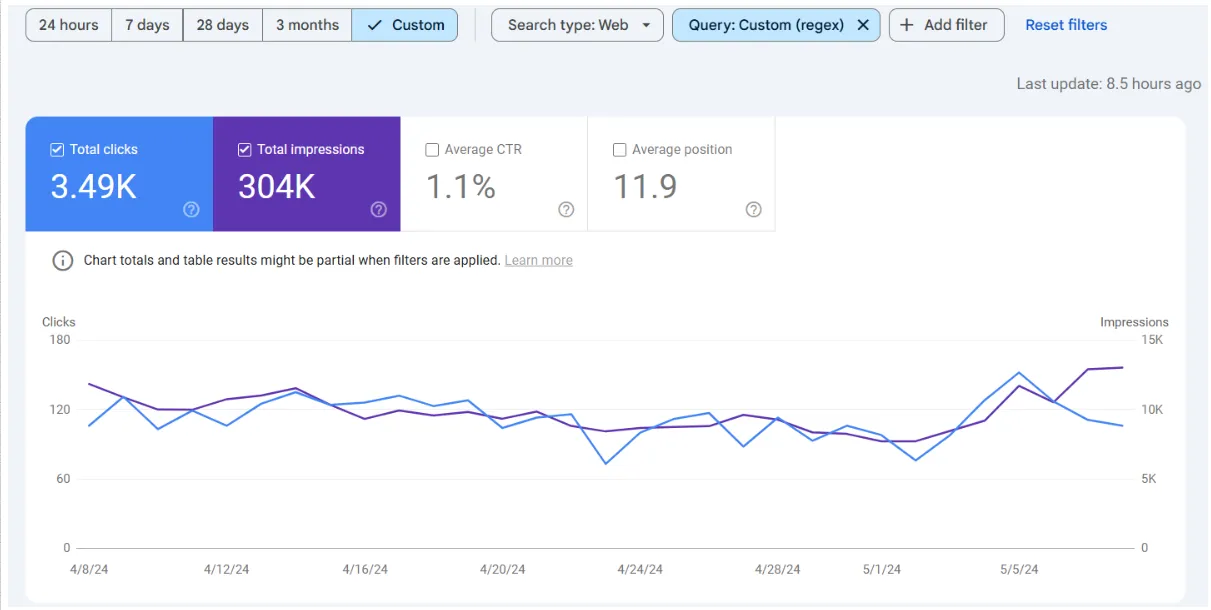
Under the surface, we found foundational problems suppressing performance: faulty indexation rules, duplicate content and tags, slow Core Web Vitals, broken links and redirect chains, inconsistent localization, thin station pages, and essentially no internal linking. The CMS compounded every fix with limitations on modules, plugins, and architecture. This is why our first sprint focused on technical correction and a new information architecture.
Strategy
We built the plan around a simple thesis: out-execute the market on internal excellence. Competing with category leaders on links would be a losing game for this site at this stage. We pivoted to technical cleanliness, strong content architecture, and UX that aligned with user intent. Four hypotheses guided our work:
- Hypothesis 1 - B2C focus would move the needle faster than B2B. We prioritized listener intent queries like “listen to [station]” over advertiser keywords. Result: confirmed. Partial implementation of an enhanced station-page model alone triggered +215.38% clicks and +209.68% impressions in four months.
- Hypothesis 2 - Navigation and internal linking would lift visibility. We redesigned navigation and planned a full internal linking system. Result: partially implemented and confirmed. Even the navigation-only upgrade improved indexation and visibility immediately.
- Hypothesis 3 - Schema and review features would lift CTR and trust. We authored detailed specs for review blocks and structured data. Result: not tested due to CMS limitations and resourcing. CTR still rose +63.64% via other on-page work.
- Hypothesis 4 - A disciplined trending-content program would activate Google Discover. We delivered newsroom guidelines for news and entertainment. Result: confirmed at scale. Discover became the dominant channel with 5.6M clicks in year one.
Competitive analysis shaped where we placed bets:
- Market split - leaders leaned on strong backlink portfolios; mid-tier winners grew via superior on-site quality and information architecture.
- Our position - brand recognition existed; backlink profile needed cleaning more than expansion. We regularly compiled disavow lists to neutralize low-quality links.
- Strategic choice - avoid a link arms race. Win with technical rigor, deep content, and UX. Our USP: deliver richer station pages, better taxonomy for genres and moods, and planned functionality competitors lacked (reviews, advanced filters).
Keyword research was staged to maximize speed-to-impact:
- Initial pass - harvested core online radio queries. Branded station queries had the largest volumes, validating a B2C-first stance.
- Mapping and prioritization - aligned queries to current and planned pages, focusing first on the top 20 most popular stations.
- Expansion - after stabilizing core targets, we mined long-tail opportunities like genres, moods, and intent modifiers (for example, “listen to Ukrainian rock online,” “radio for running free”), informing new landing pages and articles.
Audience segmentation and personalization were built into the content plan. We separated listener (B2C) and advertiser (B2B) needs, consciously prioritizing B2C for scale. For search, we tailored content to both precise-intent station pages and exploration pages by genre and mood. For Discover, we built editorial guidelines that aligned with personalization signals - timely, emotional, and trend-aware stories designed for high engagement and CTR.
Execution
We executed in four overlapping workstreams to deliver compounding benefits despite platform and budget constraints.
- Technical foundation and on-page SEO
- Resolved domain duplicates and implemented 301s and canonicals.
- Cleaned indexation rules - removed junk pages, fixed robots.txt, and rebuilt sitemaps prior to their later removal by the site team.
- Improved Core Web Vitals by compressing media and deferring render-blocking assets.
- De-duplicated meta titles, descriptions, and H1s at scale.
- Repaired broken links and collapsed redirect chains.
- Information architecture and UX
- Designed a standardized, richer station-page template: H1, logo and player, expanded description, attributes table, and “Similar stations” for contextual interlinking.
- Launched a new navigation structure to improve crawl depth and user pathways.
- Planned full internal linking but could only partially deploy due to CMS restrictions.
- Content operations and Discover activation
- Delivered newsroom guidelines focused on trends, artists, charts, and entertainment stories - the themes most likely to be surfaced by Discover.
- Established a regular publishing cadence to feed personalization systems.
- Real example - a viral story framed around a standout music video leveraged timely interest and strong visuals, aligning with Discover’s feed dynamics.
- Optimization and stabilization
- Iterated on metadata, headings, and media optimization to lift CTR and relevance.
- Expanded semantic coverage with long-tail content, especially genres and moods.
- Monitored Discover volatility and smoothed output via steady publishing and topic selection.
We also enforced transparency and measurement rigor from day one:
- Analytics - implemented GA4 and GSC correctly.
- Dashboards - built a Looker Studio dashboard for live KPIs and change tracking.
- Attribution - used initiative-date overlays and realistic lag windows to distinguish the impact of technical fixes (1-7 days) versus content changes (1-3 weeks) from seasonal or algorithmic noise.
Tools used: Google Search Console, Google Analytics 4, Looker Studio, Ahrefs, SE Ranking, Screaming Frog, and Notion for project management. Where development stalled, we deployed SEO workarounds to keep momentum, while documenting unimplemented plans like structured data with reviews, advanced filters, and multi-language expansion.
Results
The program delivered measurable gains in both search and Discover, with clear causal links to our technical and content work. The most striking outcome was turning Discover from zero into the largest traffic source, while simultaneously growing non-branded search and CTR.
- Non-branded search - +546% clicks in the first six months, from 2,600 in April 2024 to 16,800 in October 2024.
- CTR - +63.64% uplift through on-page optimization.
- Year-over-year - +209% non-branded clicks comparing April-May 2024 to April-May 2025.
- Last 28 days vs previous year - clicks +65%, impressions +37%, CTR improved from 1.2% to 1.5%, average position holding at 8.8.
- Google Discover - 5.6 million clicks and 56.3 million impressions with a 10% average CTR in year one, starting from August 2024.

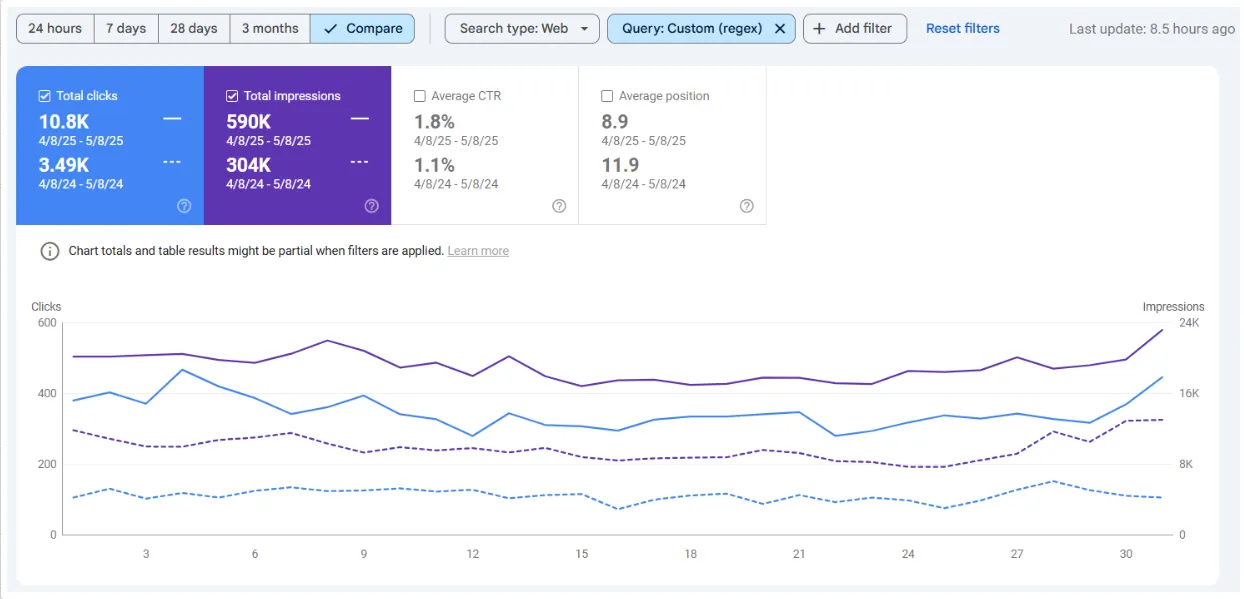
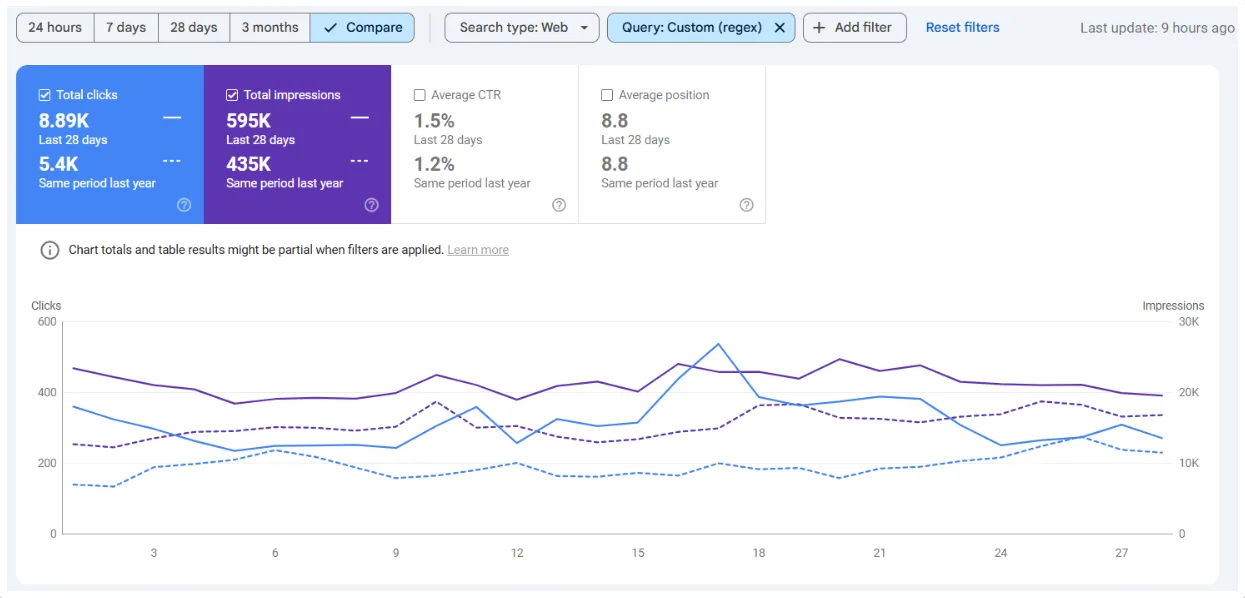
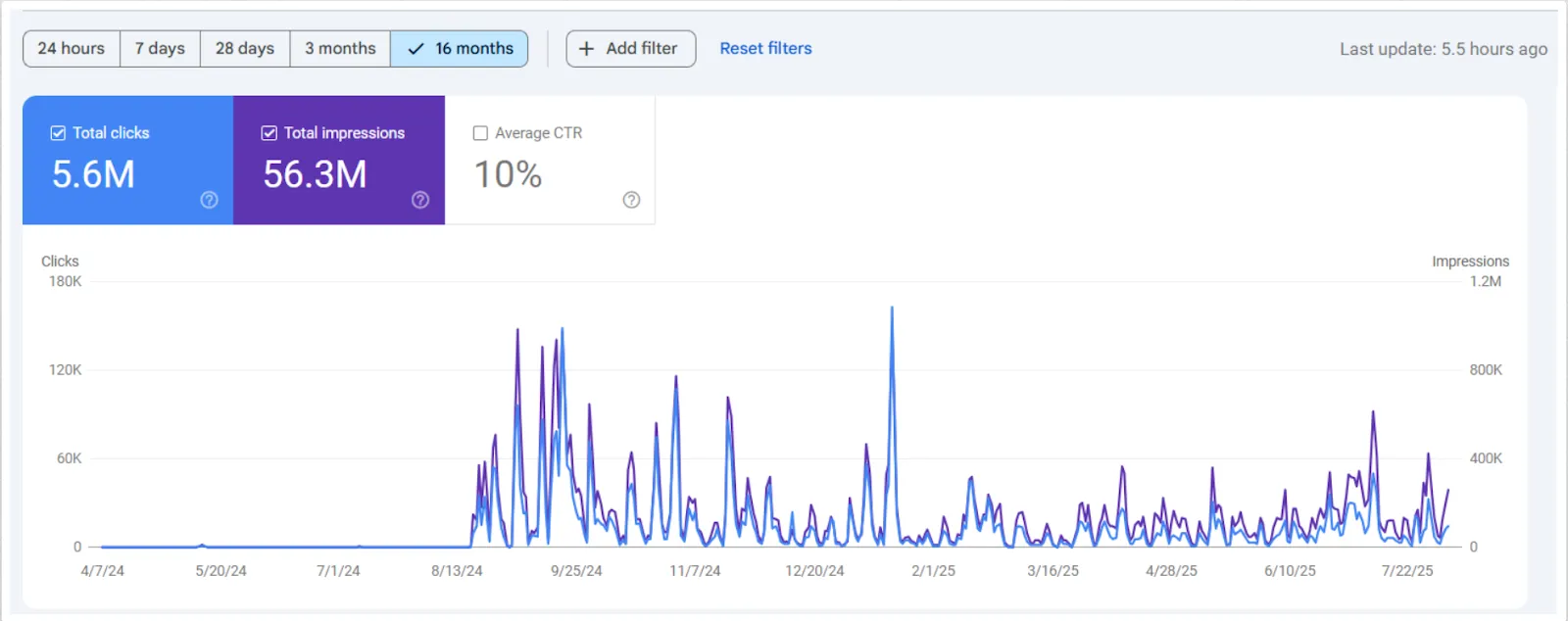
Context matters: the October 2024 peak was followed by a decline that correlated with the removal of XML sitemaps by the site team on 17 Oct 2024 and ongoing gaps in internal linking. These operational regressions reduced crawl guidance and priority - a clear reminder to protect technical foundations once established.
What changed and why it worked
- Problem - entrenched technical debt and thin content suppressed visibility. Hypothesis - superior internal quality can outrun the market even without heavy link building. Action - fixed indexation, duplicates, canonicalization, CWV, and broken links while rolling out richer station templates and navigation. Outcome - sustained growth in clicks, positions, and CTR, with +546% clicks in six months.
- Problem - zero Discover footprint and no editorial framework. Hypothesis - trend-led, emotionally resonant stories aligned with Discover personalization would unlock a new channel. Action - newsroom rulebook for topics, headlines, imagery, and cadence. Outcome - Discover scaled from zero to 5.6M clicks in a year at 10% CTR.
- Problem - inconsistent localization and mixed languages hurt relevance. Hypothesis - cleaning language signals would improve topical fit and rankings. Action - corrected mixed-language metadata and content, standardizing key templates. Outcome - improved CTR and positions for target non-branded queries.
- Problem - CMS constraints blocked schema, richer modules, and internal linking at scale. Hypothesis - even partial deployment of IA and on-page fixes would move the needle. Action - shipped new navigation, standardized station pages, and on-page improvements despite platform limitations. Outcome - immediate visibility gains post-navigation update and strong CTR progress.
- Problem - toxic or irrelevant backlinks inflated risk without benefit. Hypothesis - cleaning would be more valuable than expanding. Action - recurring disavow lists to neutralize low-quality links. Outcome - a cleaner profile supporting improved crawl and ranking stability.
- Problem - irregular execution cadence due to funding and approvals. Hypothesis - intensity in short bursts precedes spikes in performance. Action - compressed sprints before peak months. Outcome - repeated pattern of 1-2 month effort preceding October 2024 and July 2025 surges, underscoring cadence as a driver.
Lessons and next steps
Scale what proved repeatable, harden what is fragile, and raise the ceiling with the blocked items as soon as resources allow.
- Double down on on-page and content - the highest-ROI lever. Continue optimizing remaining underworked station pages with unique copy, FAQ blocks, and contextual internal links to similar stations. Expand long-tail coverage with genre and mood pages seeded by our second-phase keyword research.
- Discover is a force multiplier - fuel it predictably. Maintain an editorial plan of 3-5 timely posts per week around releases, festivals, and rankings. Expect volatility day to day, but net monthly lift is significant.
- Protect the technical foundation - the invisible hero of growth. Keep sitemaps live and updated, monitor GSC for coverage and enhancements, and periodically re-audit Core Web Vitals. The sitemap removal in Oct 2024 materially reduced visibility - it must not recur.
- Test with rigor - reduce ambiguity. Run A/B or split-page tests on thin pages to quantify uplift from template enhancements. Track cohorts against control to isolate causality.
- Unblock schema and reviews - capture richer SERP real estate. Implement structured data and a lightweight reviews module as soon as CMS or headless migration allows. These features were scoped but not shipped.
- Elevate link acquisition quality over quantity. Guest-post link building delivered little visible uplift. Prioritize high-quality, niche-relevant links via radio directories, partnerships with music portals, and earned editorial placements.
- Restore and extend internal linking. Complete the interlinking blueprint to improve crawl efficiency and topical authority across station, genre, and mood clusters.
- Commit to an execution cadence. Plan one major initiative per quarter, content activities monthly, and technical checks weekly. Past surges followed 1-2 months of focused work - consistency compounds.
- Strategic roadmap, pending resources. Revisit multilingual expansion for European markets and the planned music integration that syncs with players and external services to grow engagement and surface area.
Tooling and governance were as important as tactics. GA4, GSC, and Looker Studio created a single source of truth for all stakeholders. We tied change logs to performance swings with realistic lag assumptions to separate our impact from external factors like seasonality and algorithm updates. That discipline made decision-making faster and reduced the risk of misattribution.



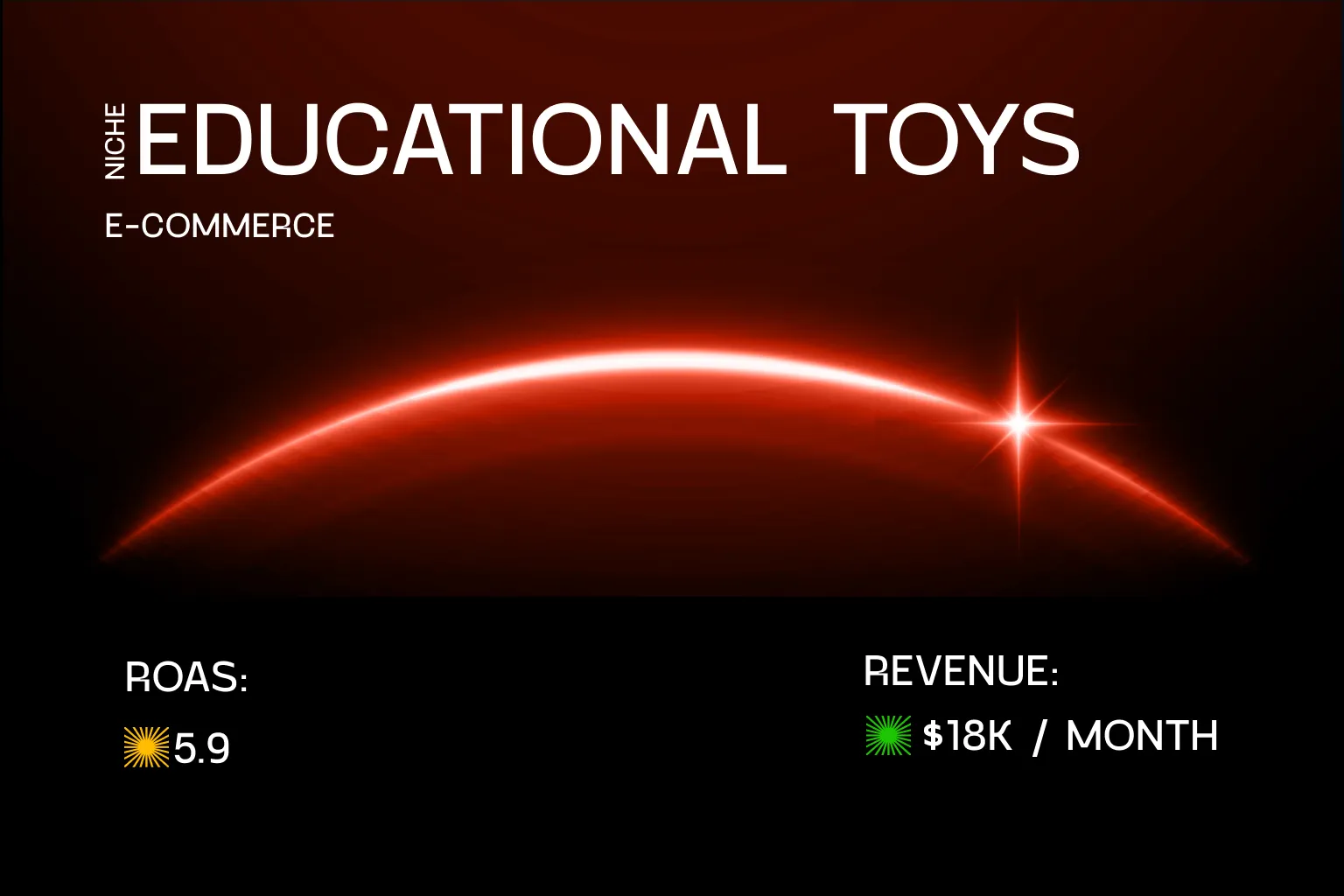

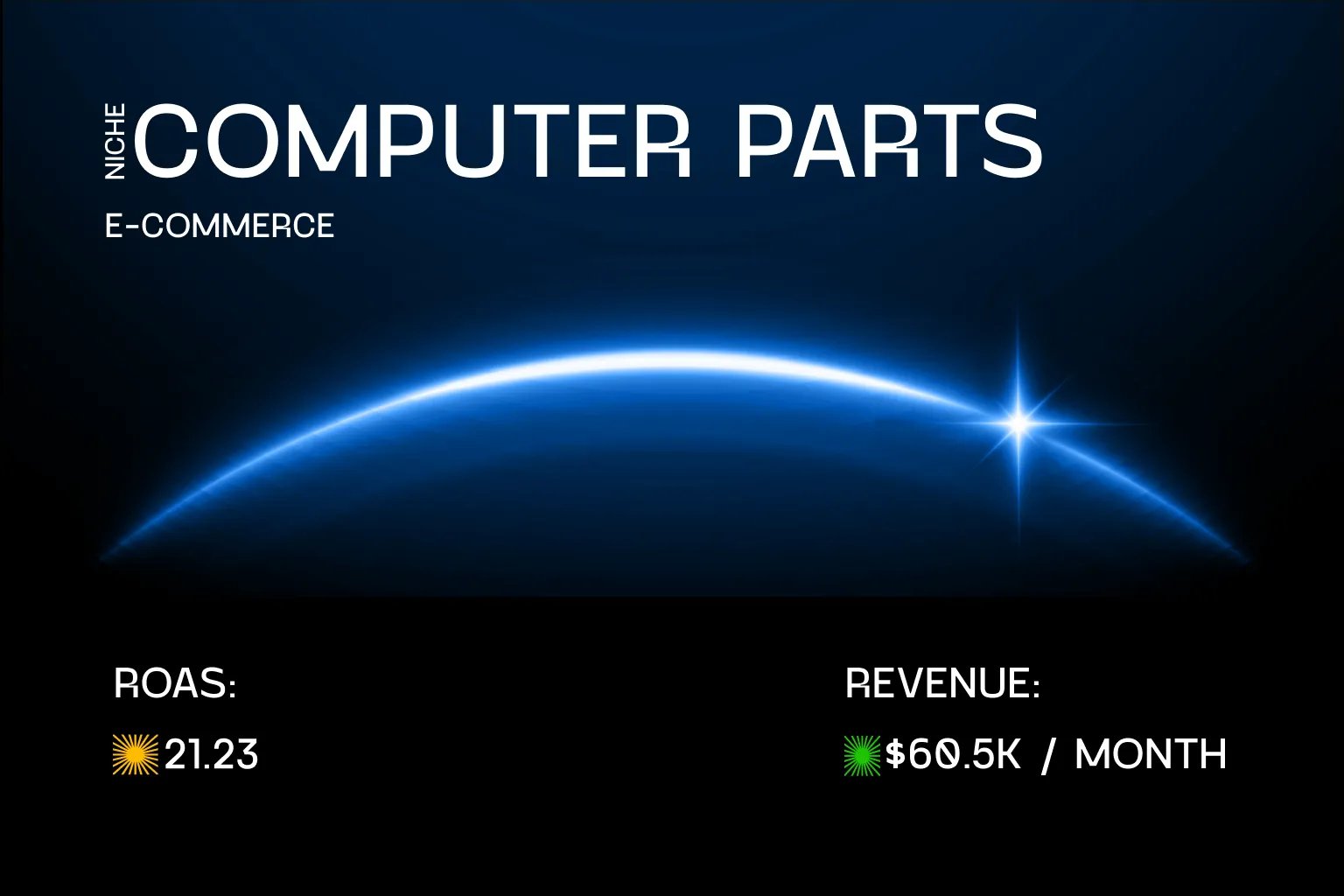
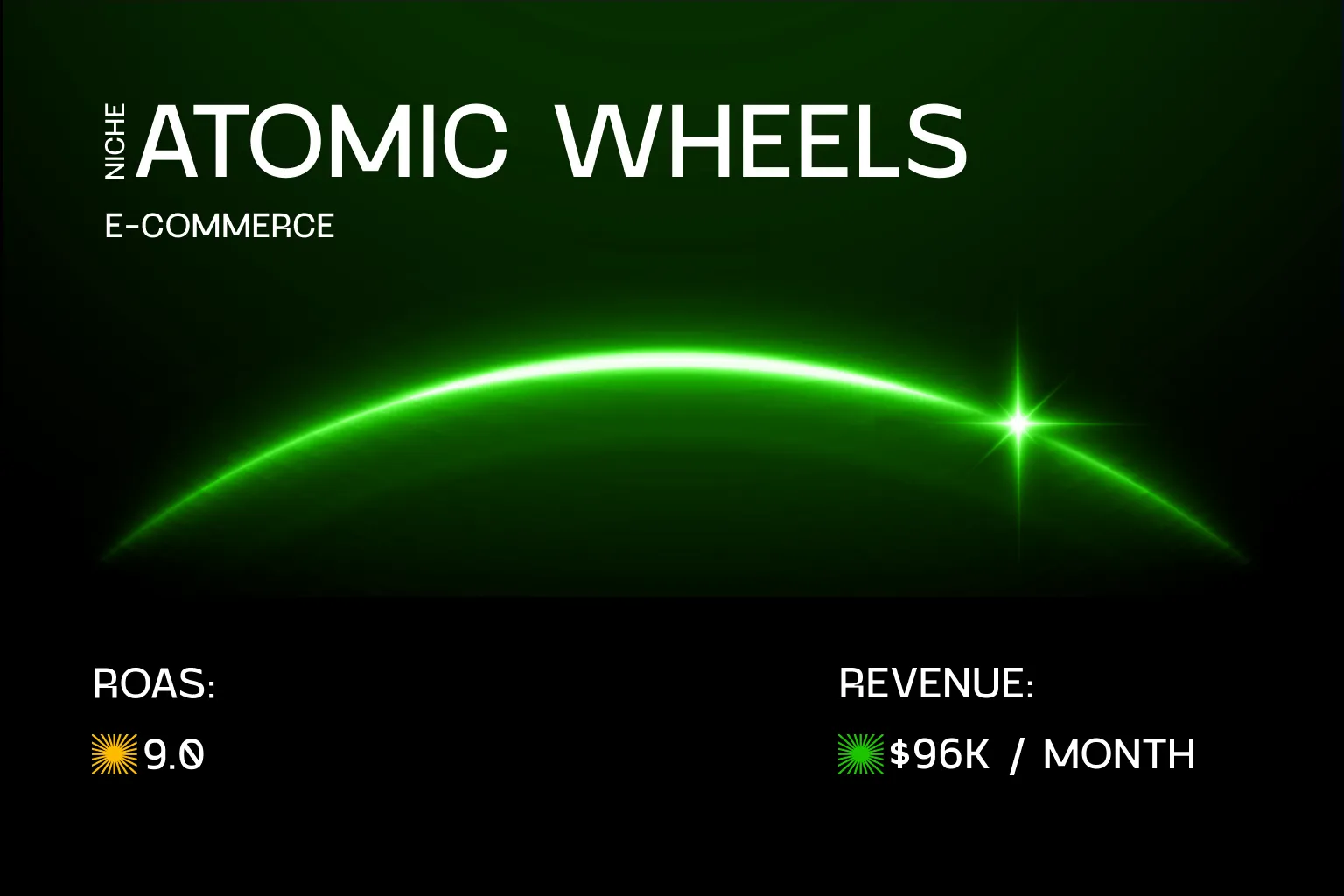
.svg)